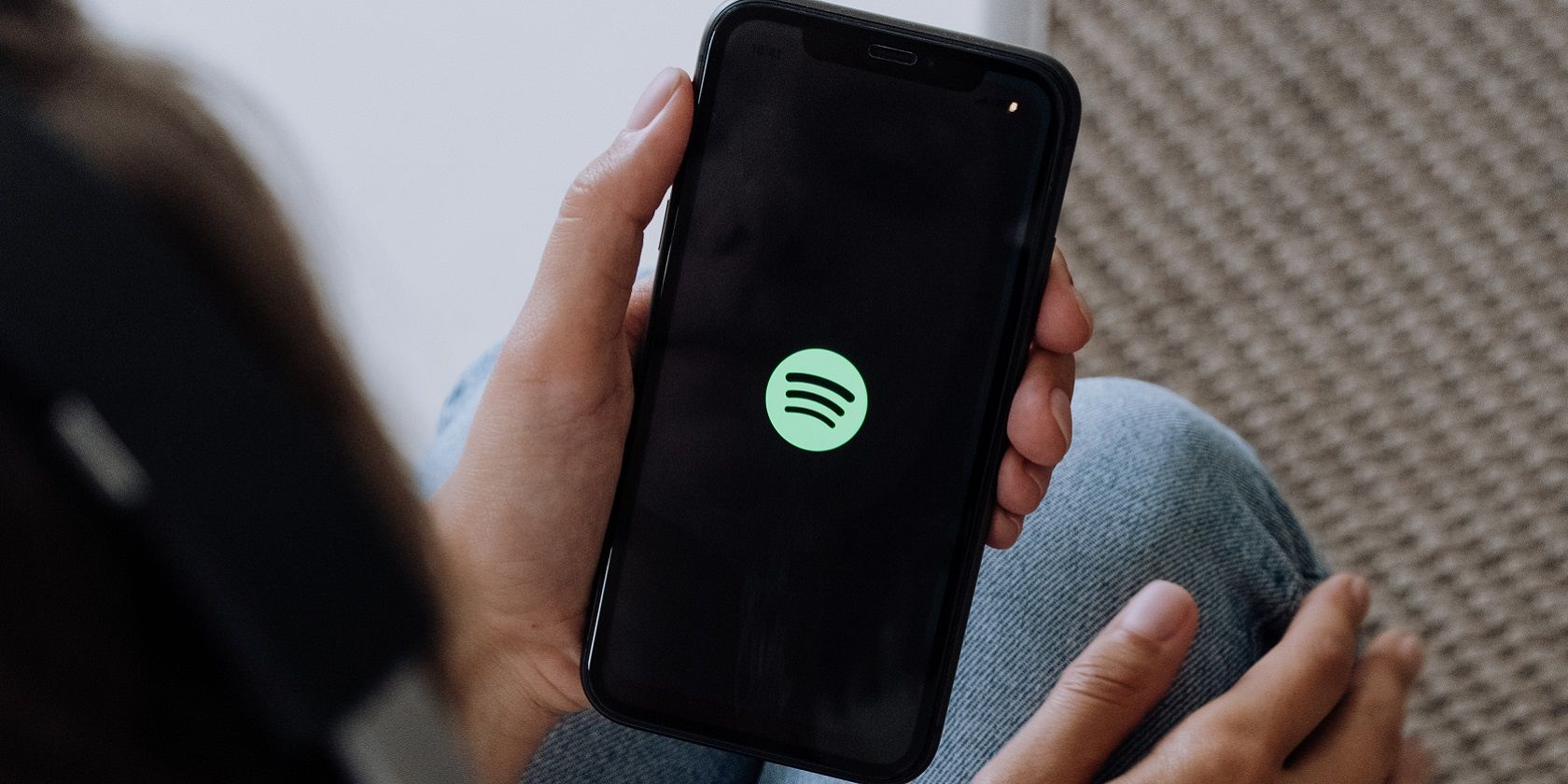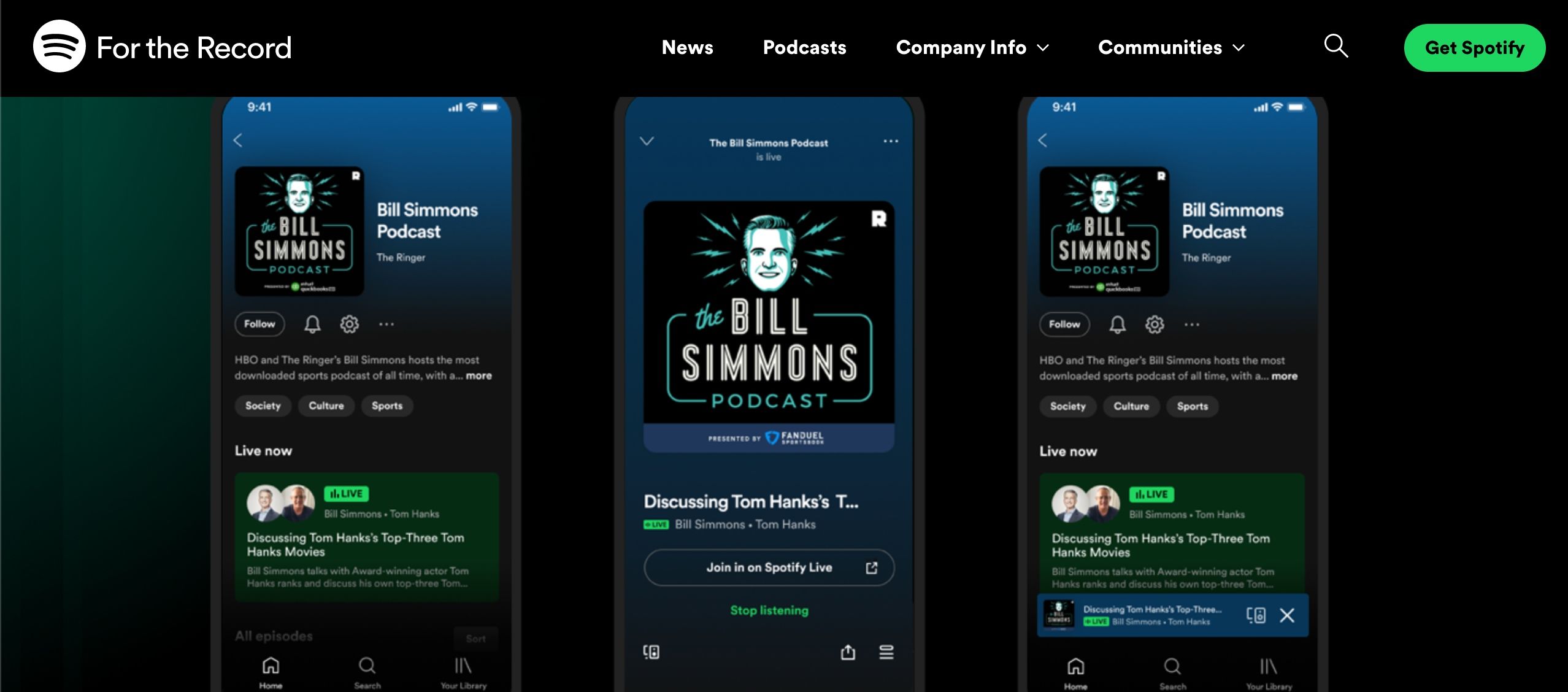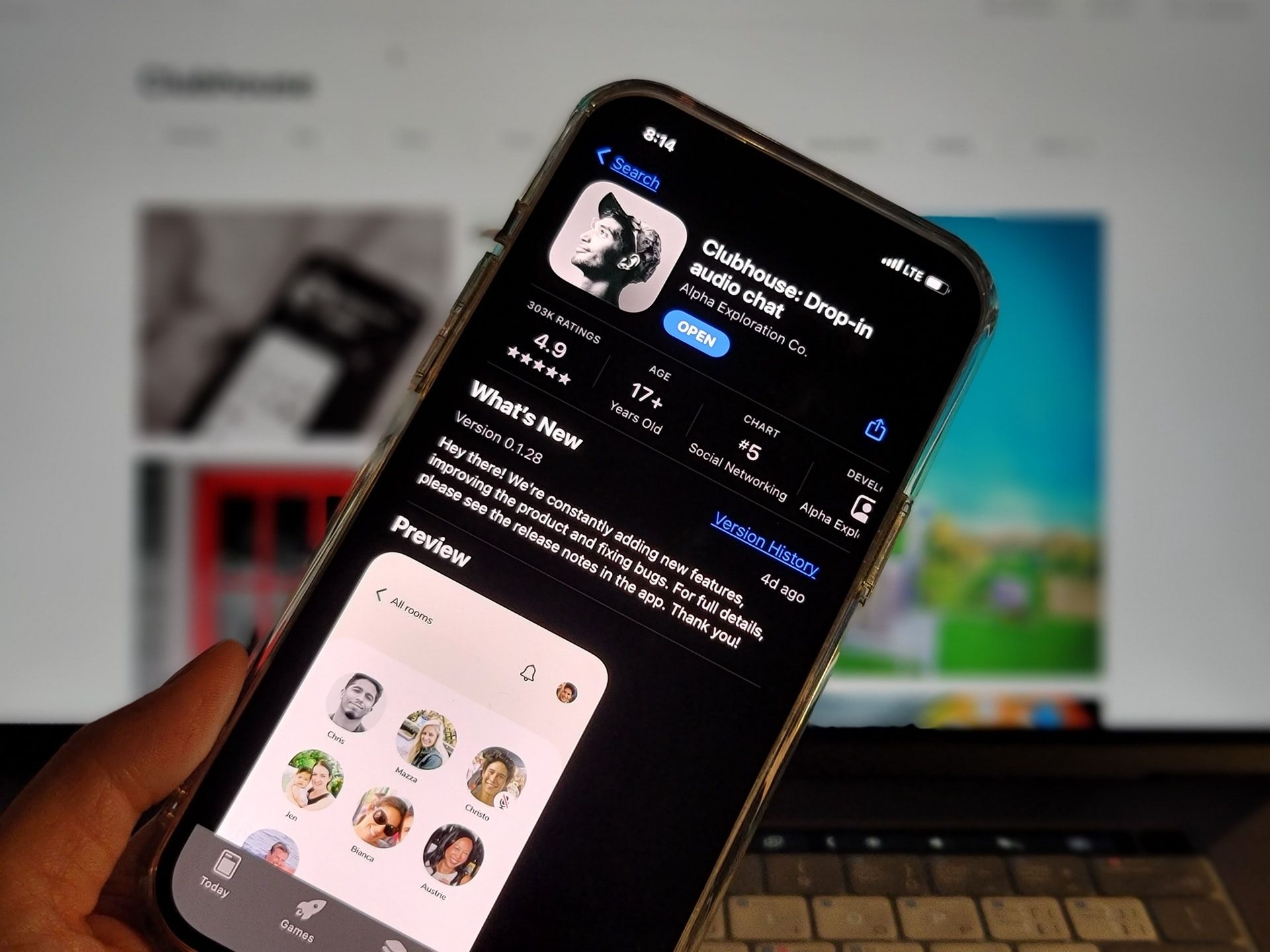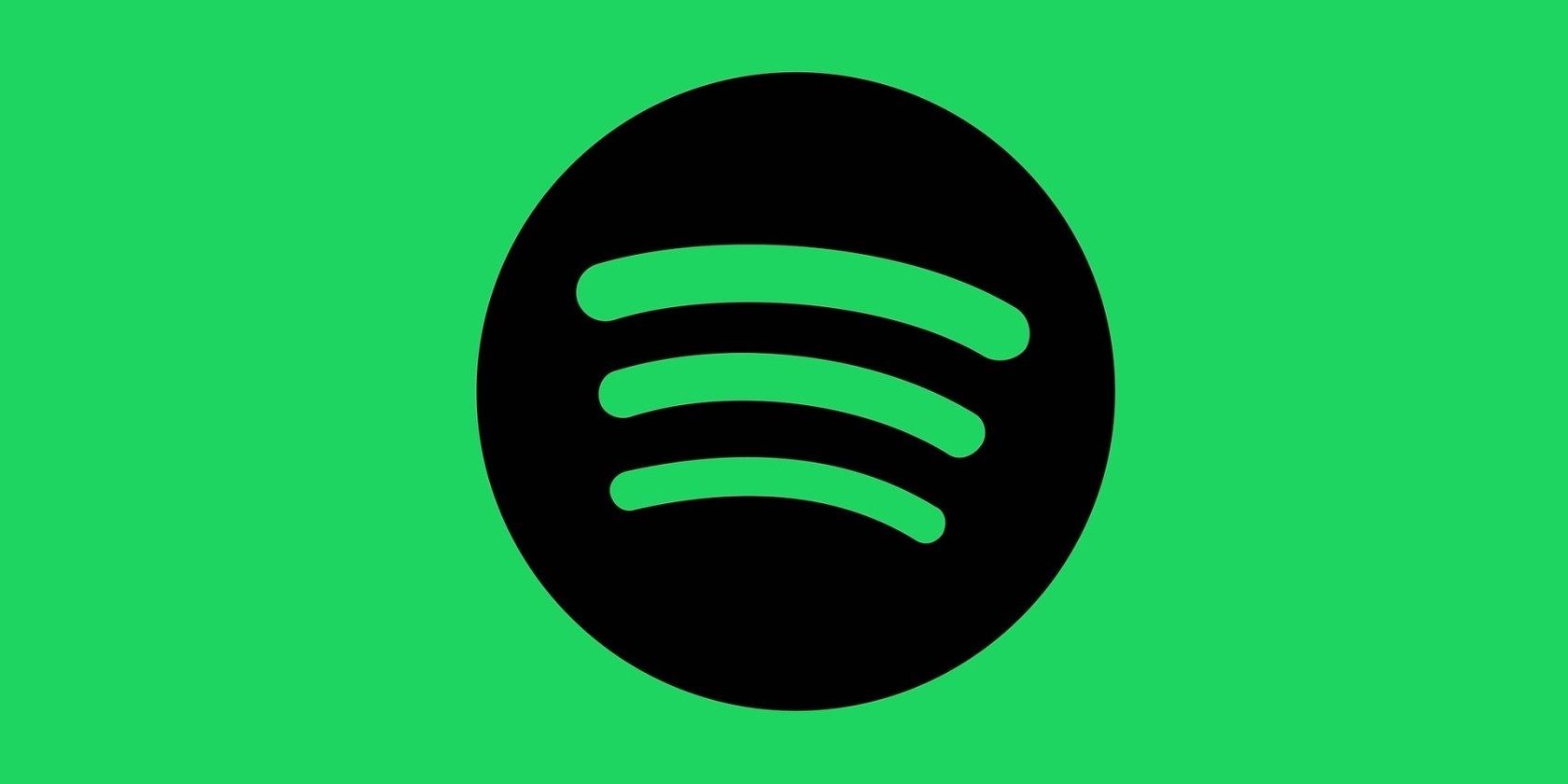Live audio social platforms have been increasingly popular in the last few years, with a lot of big names like Clubhouse dominating the market. However, there's another big platform you've probably heard of: Spotify Live.
Previously known as Greenroom, Spotify Live has been one of the biggest names in the market, and it seems that it will continue in the future. Spotify Live is perfect for finding new music, finding new friends with your same music tastes, and even connecting with your favorite artists. Here's everything you need to know.
What Is Spotify Live?
Spotify Live is a social media platform from Spotify that utilizes live audio to connect people. You can use it to chat about the things that interest you in virtual rooms. And artists can use it to connect with fans in a whole new way.
Anyone familiar with Clubhouse will instantly recognize the idea. However, while Spotify Live offers users a similar experience to Clubhouse, you don't need an invite, removing that air of exclusivity. And there are other differences too.
Download: Spotify Live for Android | iOS (Free)
From Locker Room to Greenroom to Spotify Live
Spotify Live's origins can be traced back to March 2021. This was when Spotify acquired the sports-focused audio app Locker Room from Better Labs in order to aid its entry into the live audio market.
This move was complemented by the launch of a mini-player to listen to Spotify on Facebook, as well as the establishment of a subscription podcast platform that allows creators to charge for their content.
Locker Room was an important foundation for Spotify Live and has been an important project for Spotify ever since. After acquiring Locker Room and Better Labs, Spotify launched Spotify Greenroom. It wasn't until April 2022 that Spotify decided to change the name of the platform to Spotify Live.
Spotify Live is now available across 135 unique consumer markets around the world on both iOS and Android devices. Its features are on par with many of its counterparts, including Clubhouse, Twitter Spaces, and Facebook Live Audio Rooms.
How Spotify Live Works
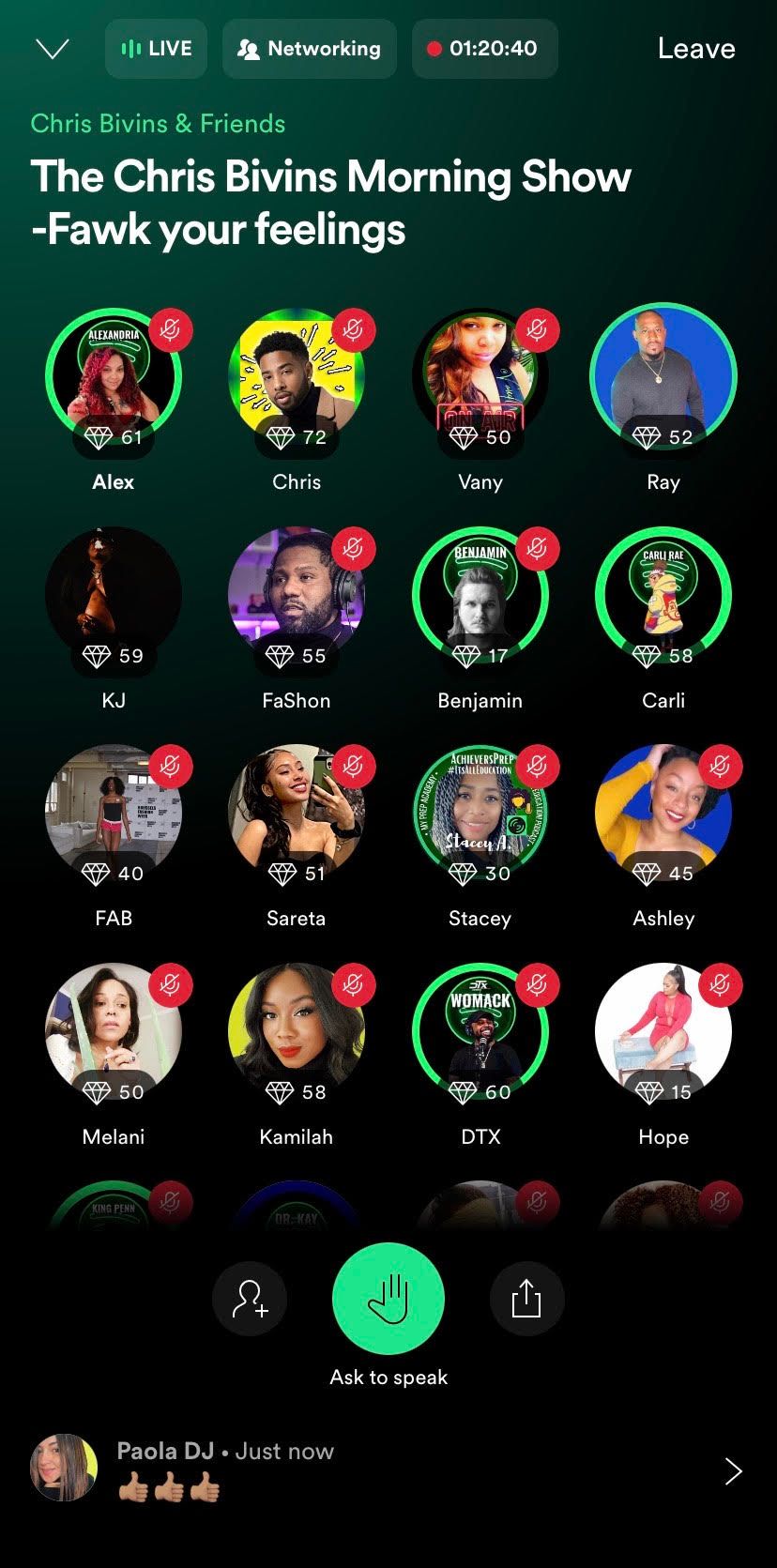
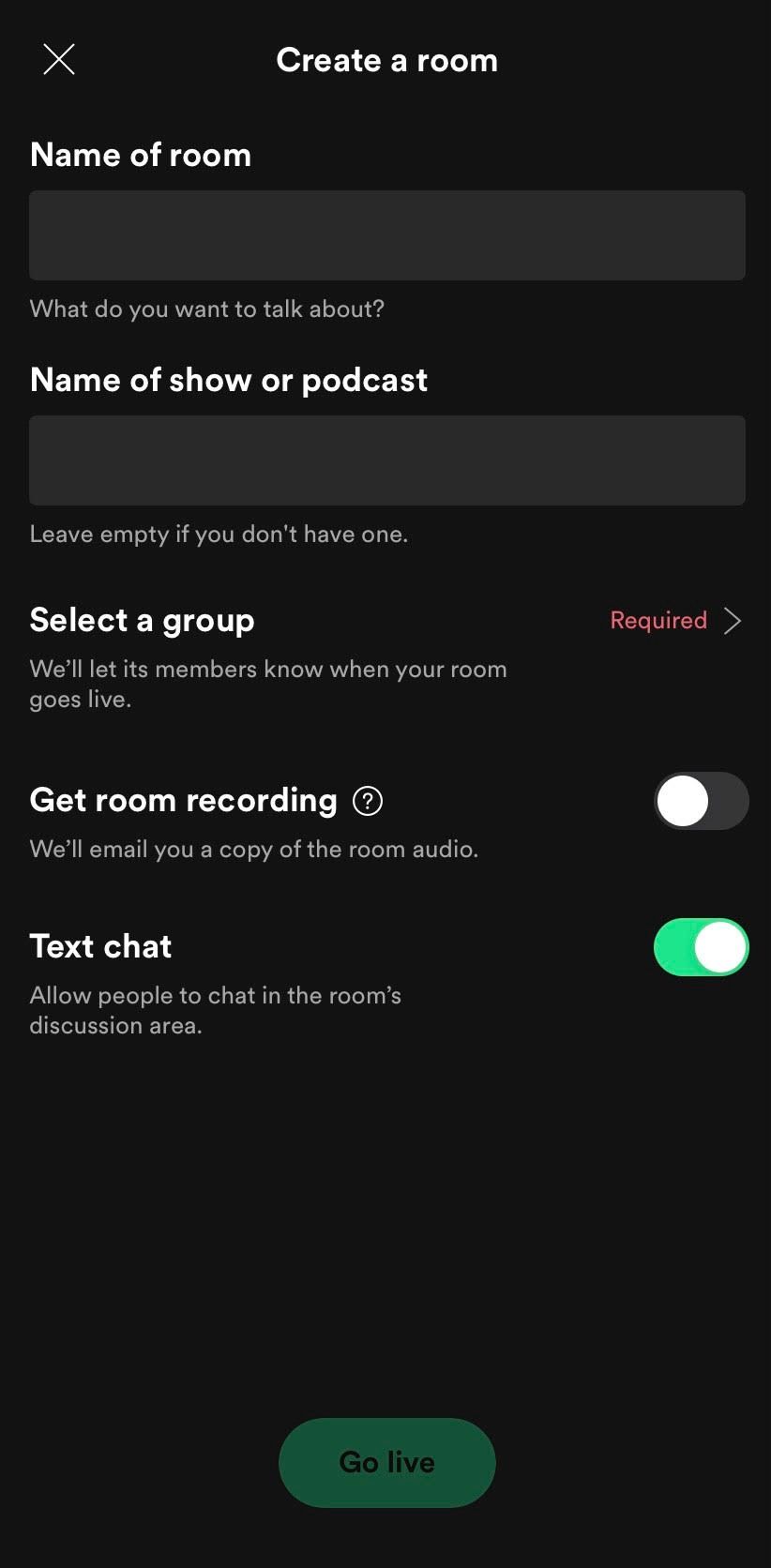
The Spotify Live app is still largely based on Locker Room's code at its core. The current user interface largely resembles Spotify's streaming user interface. You will have to sign in to your Spotify account to be onboarded onto the app, and you can then pick specific interests, so the app helps you find more of what you like.
In order to find and partake in audio chats, you will need to join groups inside the app. The app is a space for live conversations that happen in "rooms" of the virtual variety.
Anyone can create a room on the platform and invite users to join. After selecting a topic, your room can go "live." Spotify Live also uses some of Spotify’s personalization strategies, making targeted recommendations to users.
Speakers in the room appear at the top of the screen, represented by rounded profile icons. Listeners' icons appear below. Each room in Spotify Live also has mute options as well as moderation controls.
Listeners may also be brought "onstage" and invited to live audio sessions. Each room on Spotify Live can host up to 1,000 individuals. Spotify is also hoping to expand the capacity limit further.
Listeners can take part by listening in on conversations, requesting to speak, or typing their reactions during a live session.
Clubhouse vs. Spotify Live: What's the Difference?
While Spotify Live does seem to mirror some features of existing apps in the market, including Clubhouse, there are many functions that differentiate it from the others.
Spotify Live was one of the first live audio apps to offer users a live chat feature. The hosts have the discretion to activate this feature, and they may also ask for an audio file of the live session and have the ability to edit the file and turn it into a podcast. Clubhouse added its own in-room chat feature in early 2022.
Likewise, Spotify Live was one of the first to record the live audio sessions for moderation purposes. Spotify also hopes to install more chat controls to ensure the quality of the user experience. On the other hand, Clubhouse added the ability to record conversations in the last quarter of 2021.
Spotify Live also tries to counter the problem with hate speech exhibited by users on other audio platforms. In the past, many Clubhouse users have reported toxicity, racism, and misogyny in chat rooms due to the lack of regulation on the app.
While Clubhouse relies on a more progress-oriented follower metric, Spotify Live prioritizes the quality of a user’s content on the platform.
What Spotify Has Planned for Spotify Live
The company plans to make further updates on live broadcasts and programmed content related to culture, arts, and entertainment. Spotify wants to reach more users hoping to appeal to wider audiences that love music and want to interact with their favorite artists.
It also hopes to launch more features to provide the ultimate user experience and further distinguish itself from some of its other competitors.
Spotify also recommends Spotify Live to its artists through its Spotify for Artists channel. This free add-on feature lets artists have a more in-depth analysis to better understand their fans and their demographic. Not only that, but it also has advertising and sponsored recommendations in order to unravel more monetization options for creators in the future.
Could Spotify Live One-Up the Competition?
Spotify's venture into the live audio market has been quite successful so far. Not only has it become one of the best live-audio platforms in the market, but it's also created a ton of unique features that its competitors hadn't even thought about. And it seems like Spotify Live will continue to grow, especially given what Spotify has in the works for Spotify Live in the near future.
While Spotify Live still seems to parallel some core functionalities offered by Clubhouse, it still bears the signature of Spotify’s personalization and functionalities to make it equally unique as well as competitive. Therefore, Spotify Live might just continue to be the big game-changer in the live audio experience.

